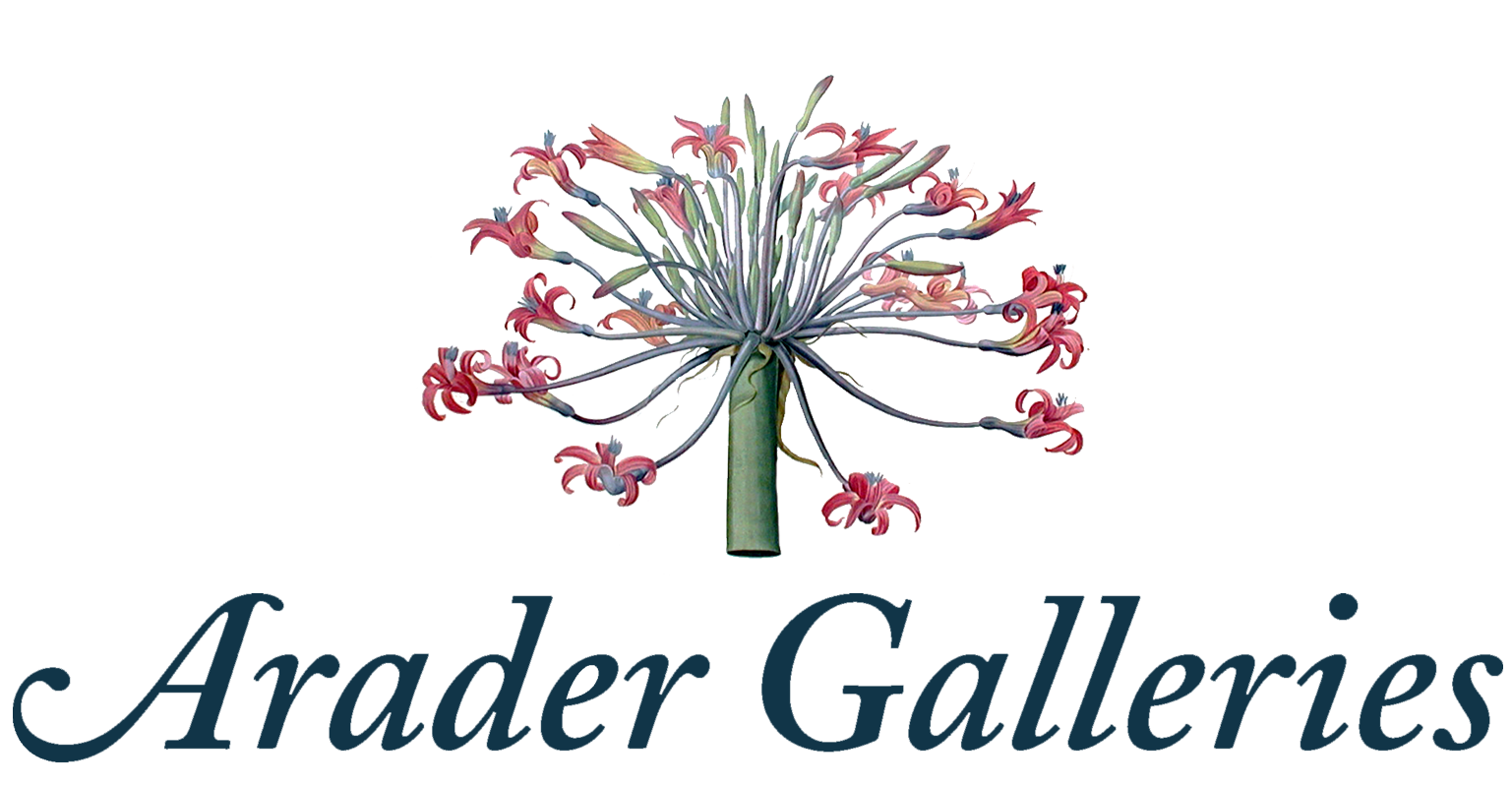Japanese Carriages, Litter and Rickshaws
Japanese Album of Carriages, Litter and Rickshaws
Japan, circa 1870s
Watercolor with stencil prints, all titled in Japanese
18" x 23 ¼" framed
$4,800 each
These extraordinary watercolors with stencil prints, from the Meiji Period, illustrate various types of Japanese carriages, Kago, or litter, and Jinrikisha, or rickshaws, of noble families from various cities in Japan. All of these types of transport would have been used by the Japanese nobility during the 19th century. From the end of the 12th century 1868, Japan was ruled by the samurai class, with each region being governed by a shogun (the highest military rank). In 1868, Japan underwent a series of events known as the Meiji Restoration, which restored the noble class. The use of human-powered Kagu, or litter, for transport in Japan appeared as the population increased, and horses were restricted to military use. Kago were often used in Japan to transport the warrior class and nobility, most famously during the Tokugawa period when regional samurai were required to spend a part of the year in Edo (Tokyo) with their families, resulting in yearly migrations of the rich and powerful to and from the capital along the central backbone road of Japan. Jinrikisha, or rickshaws, first appeared in Japan in 1868, the beginning of the Meiji Restoration, and quickly became a popular mode of transportation. The images are full body watercolor over a stenciled base and are still incredibly vibrant. A different family crest is shown on each carriage.
Close
Filter & Sort
There are currently no products in this collection.
Subscribe to our newsletter:
Location
Arader Galleries
1380 Main Street
Saint Helena, CA 94574
Hours
Monday - Friday: 9 am to 5 pm
Saturday - Sunday: 11 am to 5 pm
For any inquiries you can reach the gallery through phone or email:
Tel: 707-225-4571
Email: josephine.arader@gmail.com
Copyright © 2025 Arader Galleries. Powered by Shopify
